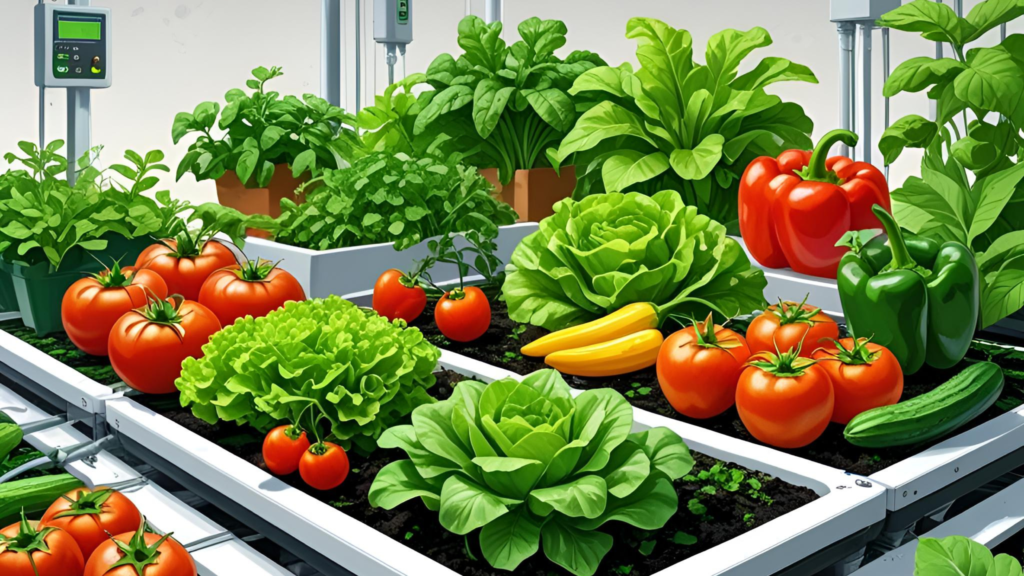
Soilless Farming? Sounds Weird, Right?
Let’s be honest — when someone first told us we could grow vegetables without soil, it felt like science fiction. But here we are in 2025, and hydroponic farming is no longer a futuristic concept. It’s real, practical, and something even you and I can do — whether we have a farm, a small balcony, or just a sunny window at home.
In this blog, we’re going to talk about the top 5 vegetables you can grow using hydroponics, why they’re perfect for beginners, and how hydroponic farming is changing the game — not just for large-scale farmers but for everyday people like us.
What Is Hydroponic Farming (In Simple Words)?
Hydroponics is a method of growing vegetables without soil — yes, no mitti at all! Instead, the plant roots grow directly in nutrient-rich water, getting everything they need in a clean, controlled environment.
It’s a smart, space-saving, and water-efficient method that’s growing popular in urban India, greenhouses, and even rooftops.
Why Should You Try Hydroponics?
If you’ve ever said:
- I don’t have enough room at home or anywhere else to grow my own vegetables.
- I live in a small apartment building, not out on a farm
- Growing veggies takes too much effort.
…then hydroponic farming might be exactly what you need.
Here’s why it works:
- Soil-free setup — great for apartments and urban households
- Saves up to 90% water
- No weeding, no mud, less pests
- Cleaner, faster, fresher produce
- You get to eat chemical-free, home-grown vegetables
Top 5 Vegetables to Grow Using Hydroponics
Let’s dive into the 5 best vegetables you can easily grow hydroponically — even if you’re just getting started!
1. Lettuce – The Hero of Soilless Farming
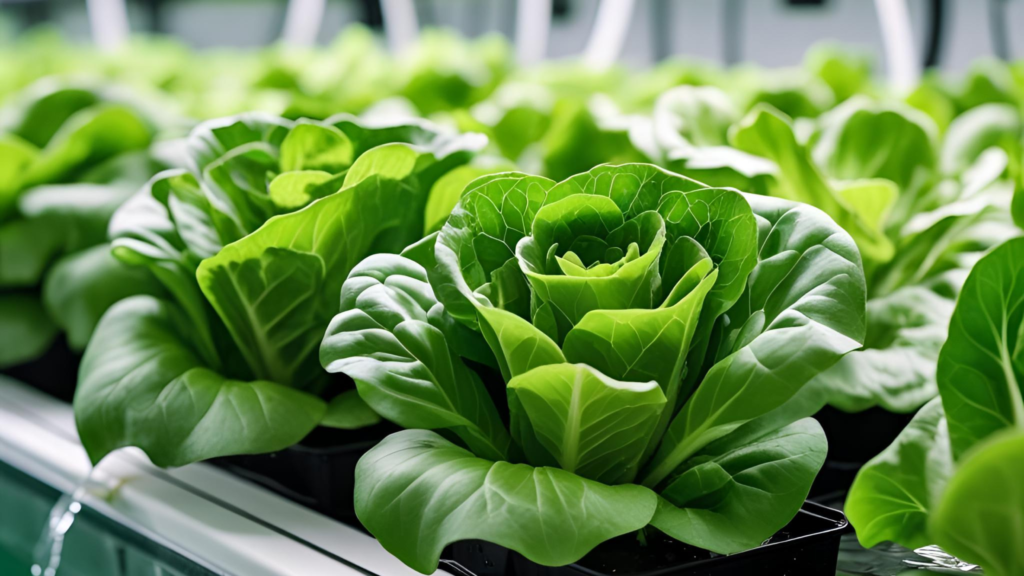
Among all leafy greens, lettuce thrives best in hydroponic systems thanks to its fast growth and minimal fuss.
Why lettuce?
- Grows in just 30–40 days
- Requires very little space
- Perfect for salads, sandwiches, and wraps
- Loved by cafes, homes, and restaurants alike
Best varieties: Romaine, Iceberg, Butterhead
System to use: NFT (Nutrient Film Technique) or Deep Water Culture
2. Spinach – Nutritious, Tasty, and Totally Doable
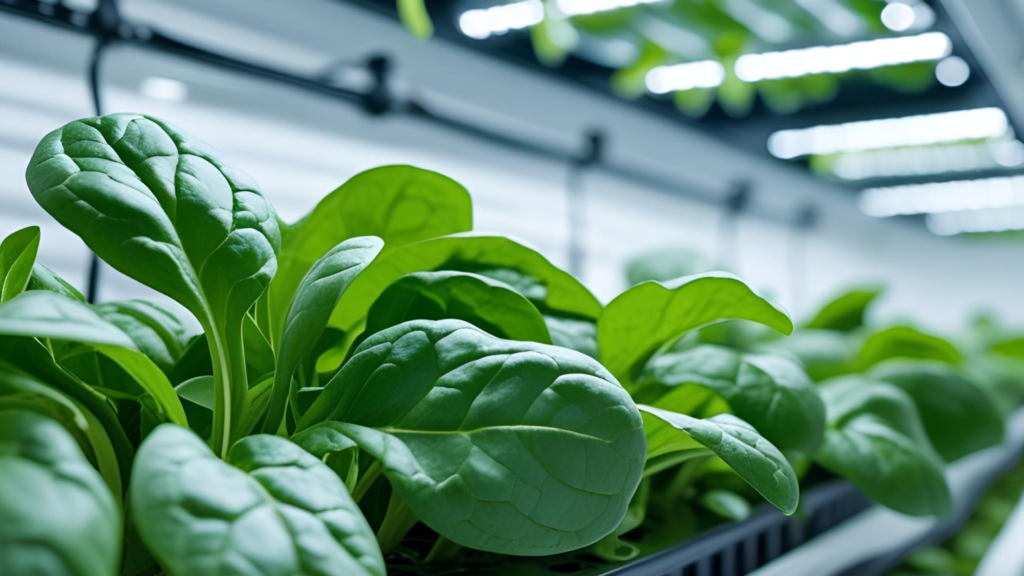
We all know spinach is a superfood, right? And guess what — it thrives in hydroponics!
Why it’s awesome:
- Ready to harvest in 35–45 days
- Loaded with iron, calcium, and vitamins
- Grows year-round (even in cooler temperatures)
- Great for palak paneer, smoothies, and more
Pro tip: Maintain pH between 6.0–7.0 and use NFT or DWC systems.
3. Tomatoes – Hydroponic and Happy

Growing tomatoes using hydroponics is fun and rewarding. They need a little more care, but the results are worth it.
Why grow hydroponic tomatoes?
- You can grow them all year round
- No need for harmful chemicals or pesticides
- Juicier, tastier, and longer-lasting tomatoes
- Great for urban setups with grow bags or cocopeat
Method: Drip system with cocopeat (substrate method)
TDS level: Keep between 2000–3500 ppm
4. Cucumbers – Quick, Crisp & Profitable
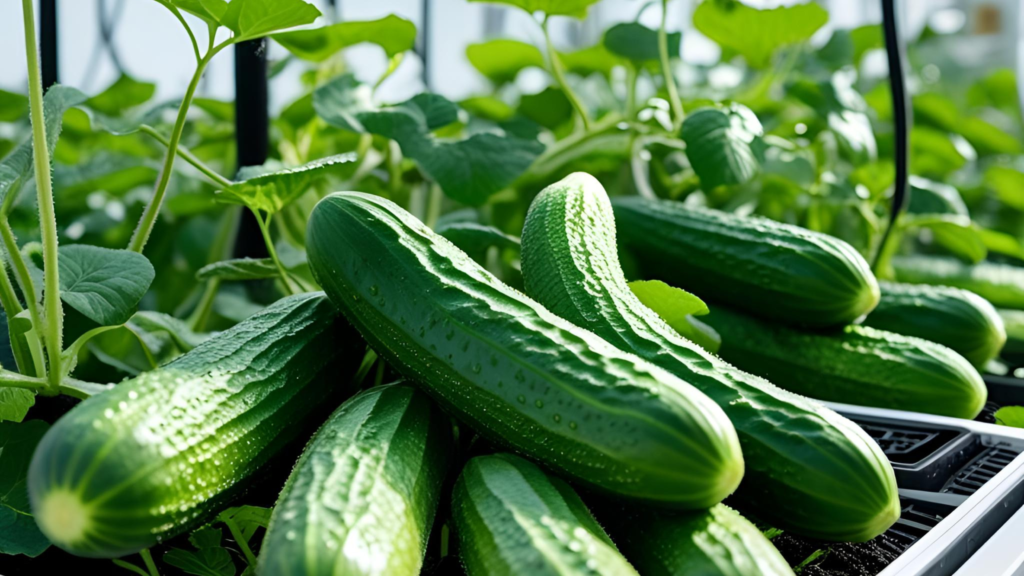
If you’re looking for a high-yield, quick-harvest vegetable, cucumber is your best friend.
Why cucumbers rock:
- Fast growth — ready in 50–70 days
- Good returns — high market demand
- Refreshing and perfect for summer snacks or salads
- Requires less space than traditional farming
Best method: Dutch Bucket system
pH range: 5.8–6.2
Bonus: You can harvest cucumbers every 15 days!
5. Fenugreek (Methi) – Perfect for Home Setups
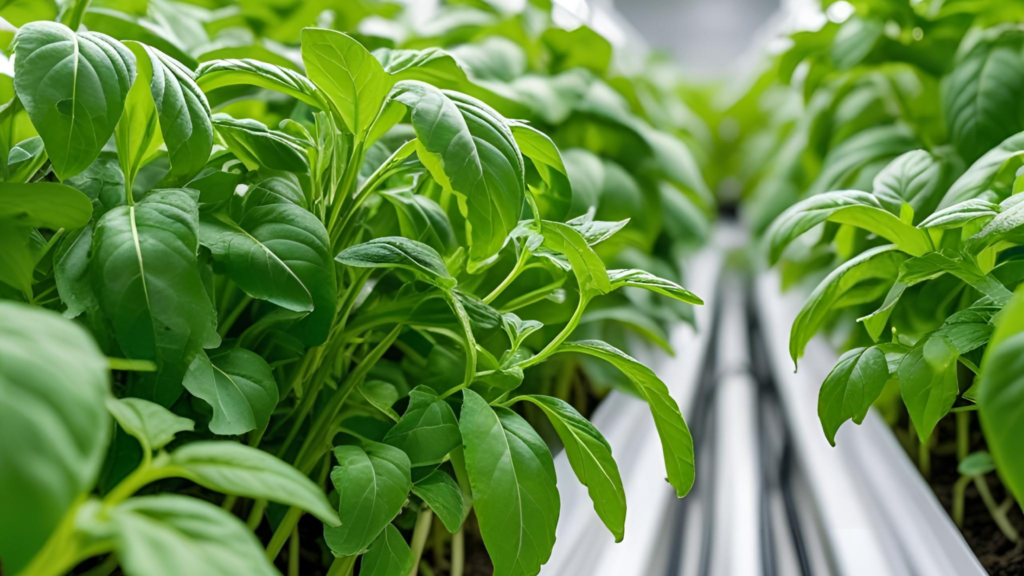
You’ll love growing methi at home using hydroponics. It’s simple, super healthy, and adds great flavor to meals.
Why fenugreek is a home hero:
- Grows in just 25–30 days
- Rich in nutrients and flavor
- Needs very little space or technical setup
- Excellent for indoor farming beginners
Method to use: Kratky method (no electricity needed!)
Just fill a container with water + nutrients and plant your seeds!
Care to be taken in the initial period after planting/Important tips -
- TDS (Total Dissolved Solids): Maintain the right amount of nutrients
- pH measurement: For most vegetables, pH should be kept between 5.5 and 6.5
- If you are doing hydroponic farming indoors, using LED grow lights for lighting can be beneficial
- It is very important to maintain the right amount of temperature & humidity
- Water Change: Keep changing the nutrient water after every 7-10 days so that there is no shortage of nutrients for vegetables/crops
Hydroponics Is Not Just Farming — It’s a Lifestyle
Whether you’re an IT employee in Mumbai, a homemaker in Pune, or a student in Bengaluru, hydroponic farming can fit into your life.
You don’t need a big backyard. You need a little curiosity, a few tools, and a love for clean food.
From leafy greens to juicy tomatoes, hydroponics lets you grow your own food, your way.
In Summary: Why This Blog Matters
Hydroponics isn’t just a trend — it’s a sustainable, eco-friendly, and smart way to grow vegetables. Whether you’re doing it to save money, eat healthier, or just try something new, this method is truly for everyone.
These top 5 vegetables — lettuce, spinach, tomato, cucumber, and fenugreek — are perfect for beginners and will get you started on your soilless farming journey.
